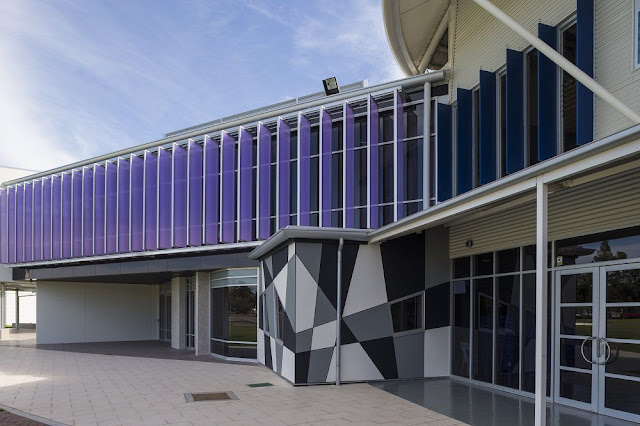One of the key buzzwords when you are looking at the design of a building in this day and age is sustainability. This is sustainability in terms of environmental impact, energy efficiency, as well as durability.
The owner of a structure wants to get the best bang for their buck in terms of the costs they are going to be paying for energy, as well as meeting and exceeding the environmental requirements that have been set out by the relevant authorities.
One of the more exciting trends in the field of façade systems has been the development of certain façades that have the ability to eat smog.
This is achieved through a treatment of a thin layer of titanium dioxide, which is a liquid or powder that can be applied to a façade system such as ours at Danpal and when the sun strikes this chemically treated surface, the process of oxidization begins of organic matter, meaning that pollutants will be transformed into carbon dioxide and water vapour.
This exciting new development has already been experimented with in certain projects, such as that of the Manuel Gea Gonzalez Hospital located in Mexico City. This is near the top of the list when looking at the most polluted cities in the world.
This is an exciting development and looks set to have a large impact way into the future. What stops us from coating complete cities is the material? This could be a stepping stone for all façade systems having air quality improvement features built in them during the manufacturing process, which could help to transform the environmental impact our buildings are currently having.
When looking at the environment on a global scale, up to 40% of the energy consumed is by building, so this could go a long way towards decreasing the damage that is being inflicted by these structures.
At Danpal, we have been focused on providing façade systems that are environmentally friendly. By using translucent faces, we are able to achieve a superior light diffusion. This means that not as much energy will have to be consumed when lighting up the interior of a structure.
The high thermal insulation and great R values of our system means that less money needs to be spent cooling and heating up a building, as the façade system naturally takes care of lot of these issues automatically.




